
Published:
Readtime: 7 min
Every product is carefully selected by our editors and experts. If you buy from a link, we may earn a commission. Learn more. For more information on how we test products, click here.
Japan’s Grand Seiko has been making history since its 1960 debut and did so yet again in 2022 with the introduction of its first mechanical complication timepiece. It goes by the name of Kodo (which translates to “heartbeat”) and represents a sheer masterpiece of engineering and performance alike. Unveiled at Watches & Wonders, it rolled out in extremely limited supply at an ultra-premium price point of USD$350,000, and it takes just one look to know that this is a work of extraordinary time and talent.
Wearing its insides on the outside, Grand Seiko’s Kodo (short for Kodo Constant-Force Tourbillon) turns mechanical underpinnings into a visual work of art, with brilliant precision to match. Thanks to a highly innovative movement—which combines a tourbillon and a constant-force mechanism as one unit on a single axis for the very first time—it delivers striking aesthetics and unprecedented accuracy for Grand Seiko. Naturally, one might ask themselves: who’s the mad genius behind this magnificent creation?
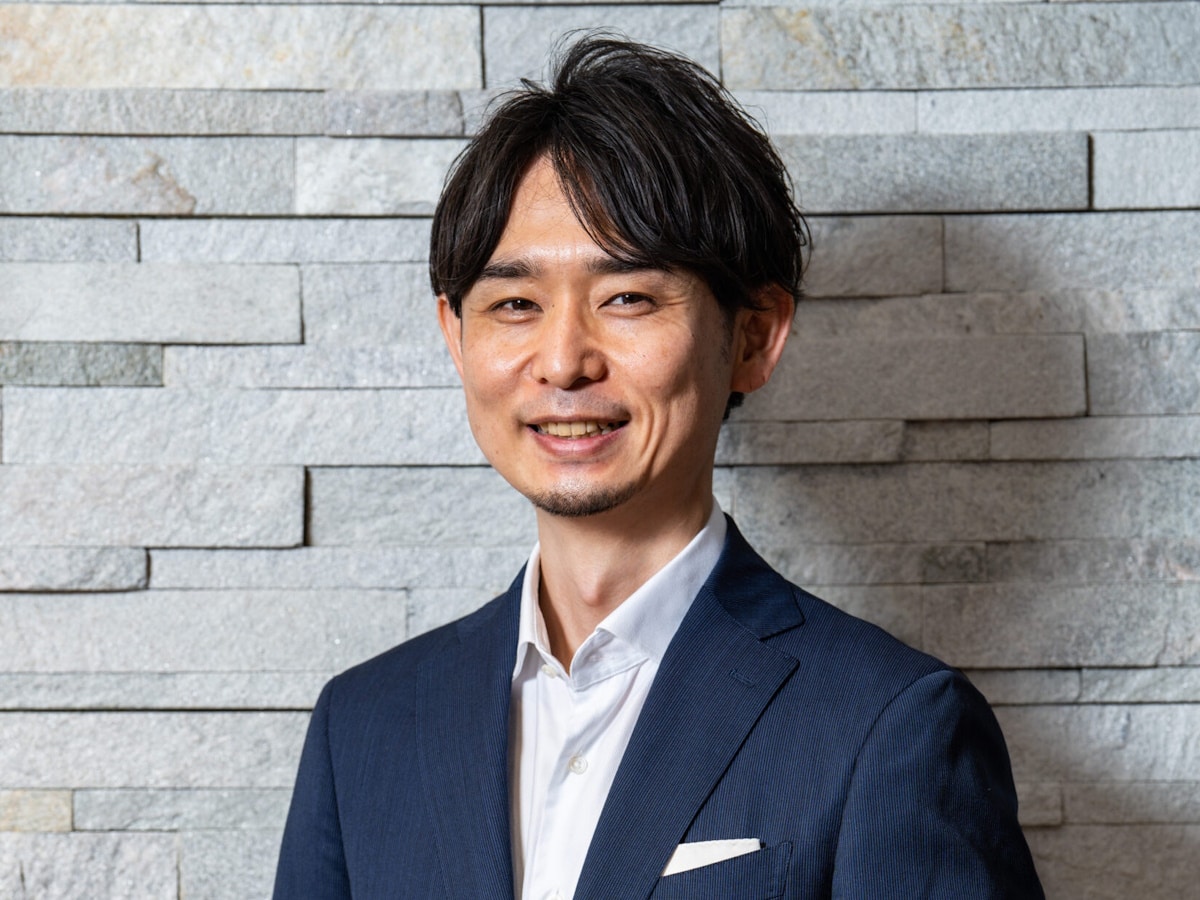
Meet the Man Behind the Masterpiece
Overseeing Kodo’s design and development was Mr. Takuma Kawauchiya, who earned a diploma from WOSTEP (Watchmakers of Switzerland Training and Educational Program) in 2010 and joined Seiko that very same year. Now a Head Designer for Grand Seiko, he and a team of fellow designers, engineers, and craftspeople executed the brand’s first “T0 Constant-Force Tourbillon” in 2020. The end result was the uber-precise Caliber 9ST1, which powers the Kodo Constant-Force Tourbillon and sets a new standard of accuracy for Grand Seiko at large.
We were lucky enough to sit down with Mr. Kawauchiya in June of last year and pick his brain about Grand Seiko’s latest milestone. He was every bit as gracious and humble as one might expect, immediately attributing the watch’s success to the support of his team members. “The timing was also important,” he claimed. “Maybe a few years ago, it might have been too early for a release.”
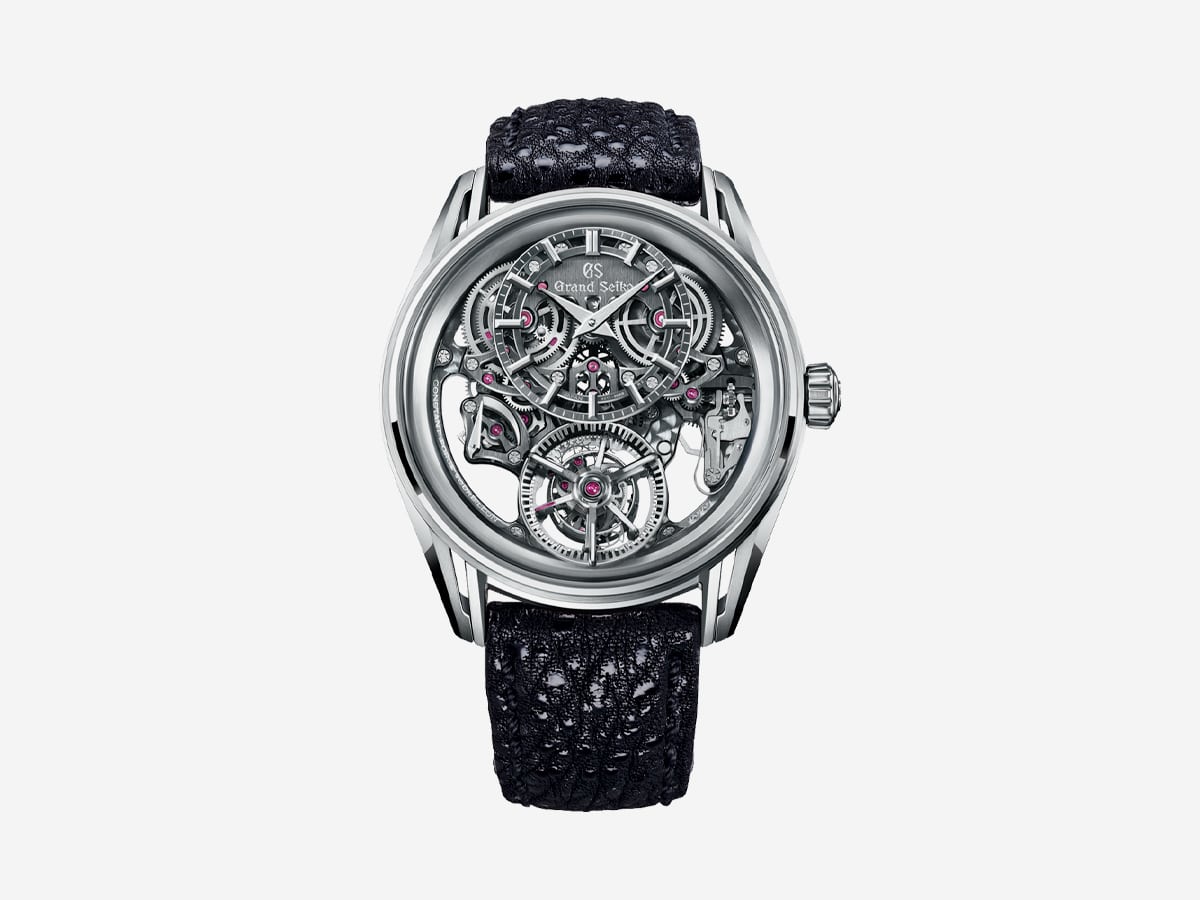
On the Inspirations Behind the Project
When asked why Grand Seiko wanted to create a constant-force tourbillon in the first place, Mr. Kawauchiya replied, “The idea of a constant-force tourbillon was born from a pursuit of highest accuracy watchmaking without restrictions to production capability. As you know, several factors affect the accuracy of mechanical watches.
One is positional errors and the other is the gradual decrease in torque. To compensate, I decided to equip the movement with a tourbillon and constant-force mechanism. The tourbillon only solves one issue—positional error. I asked myself, ‘What is the ideal way to include both tourbillon and constant-force together?’ My answer was to integrate them on the same axis as a single unit.”

On the Balance Between Beauty and Technology
Whilst brimming with technological innovation, the Kodo Constant-Force Tourbillon is also a genuine sight to behold. We asked Mr. Kawauchiya how he achieved a sense of balance between beauty and mechanics, to which he replied, “Both are very important for Grand Seiko. But, when creating new watchmaking technologies, I think achieving the technological goal comes first, and then the aesthetics. In the case of Caliber 9ST1, though, aesthetic considerations were made from the early stage. For example, to make the twin barrels look beautiful, the symmetrical layout was considered from the beginning. As for movement size, Caliber 9ST1 is smaller than its predecessor, but we didn’t just squeeze in all the parts to fit in a smaller area. In fact, the layout of the parts reflects an important Japanese cultural and aesthetic value that respects the use of empty spaces (“ma” in Japanese). This is why you see the use of space in the movement and in between watch parts.”
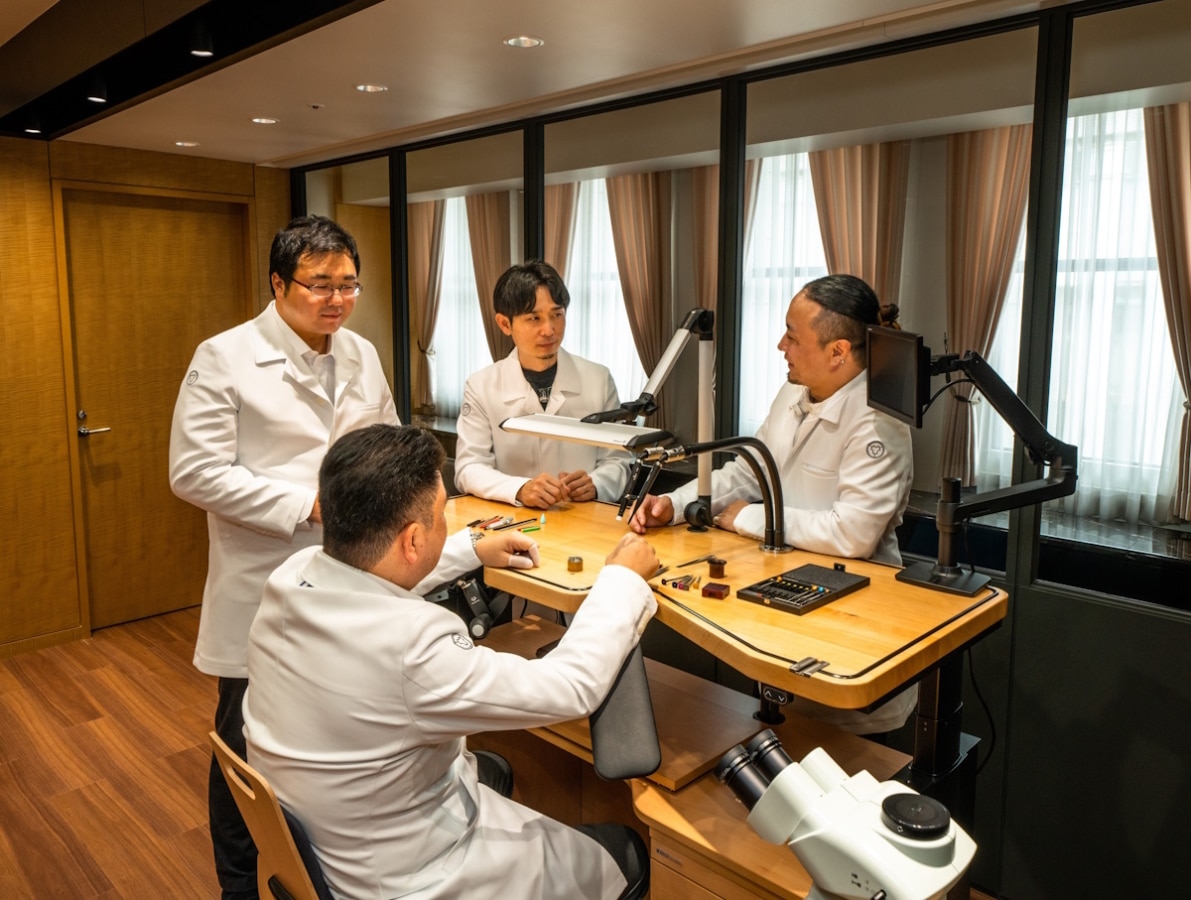
On the Challenges of Innovating
When we asked about the technical challenges of tackling such a difficult project, Mr. Kawauchiya told us that there was no shortage of hurdles to surmount, noting that “one of the greatest difficulties was preventing the wear of the stop wheel of the constant force mechanism.
“Since the stop wheel collides with the stopper every second and receives all the high torque from the twin barrels, the wheel would wear out if it were made of ordinary materials. For this reason, we chose to use ceramic for the stop wheel, and made the stop wheel using advanced processing technology. The development of the stop wheel was extremely difficult because it required manufacturing precision to a micron level.”
He added, “The greatest challenge was redesigning the structure supporting the carriage. Since the carriage size was already as small as can be, it was difficult for us to further reduce the size of the carriage itself. Therefore, we made sure the carriage bridge was as close as possible to the carriage to make the overall volume smaller. The distance between the carriage and the carriage bridge at the nearest point is only 0.07mm, which is the thickness of a strand of hair.
“In addition, to prevent shock resistance from reducing due to slimmer and smaller watch parts, we ensured that the slimmer parts were manufactured to have sufficient strength and shock resistance. In reducing the movement’s diameter as much as possible, while maintaining a high level of shock resistance, we modified the carriage bridge at the 6 o’clock position and utilised two screws instead of one. We were able to achieve a compact design that could firmly support the entire carriage while ensuring a high level of durability that met Grand Seiko’s standards.”
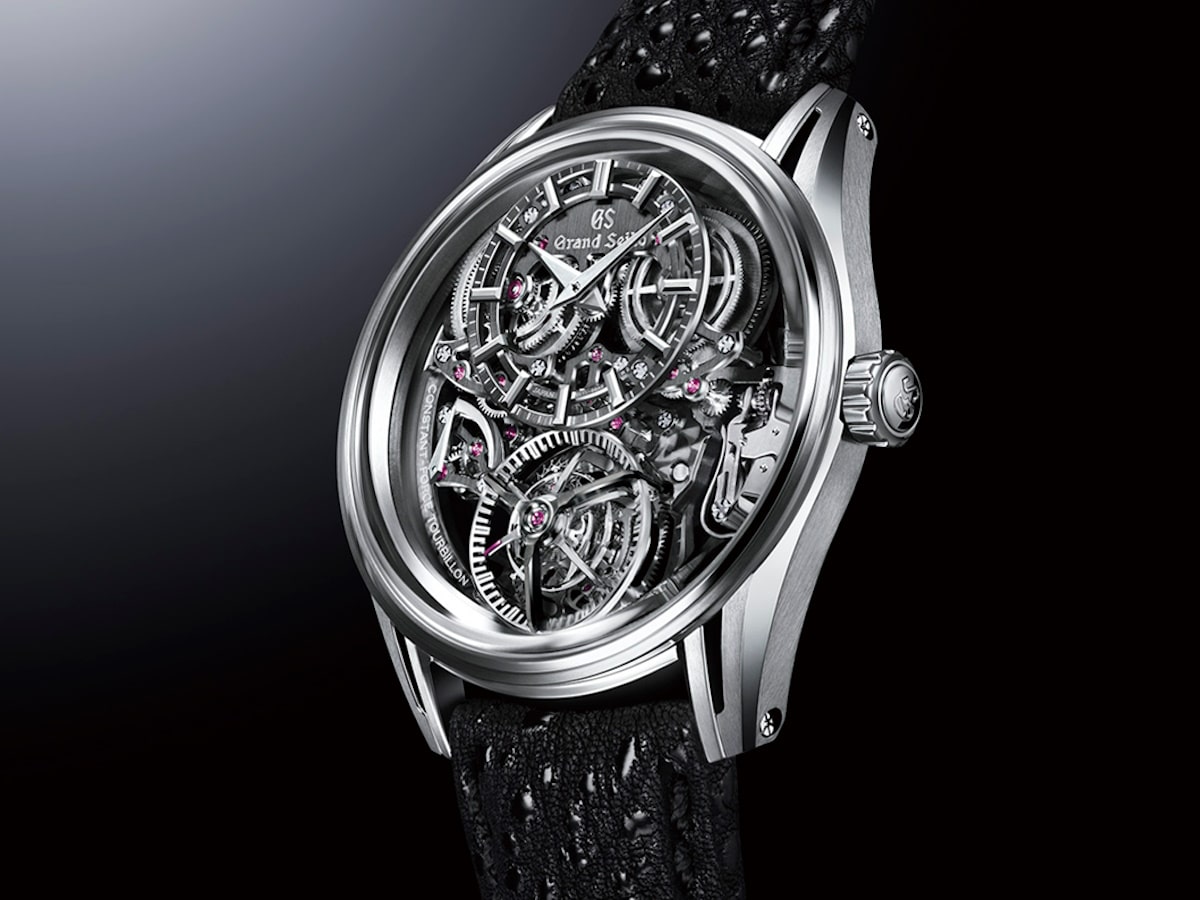
On the Signature Case Construction
We closed out the interview by drawing attention to Kodo’s unique case construction of platinum and titanium. Why these materials, specifically, and how should young consumers go about caring for the watch?
“The delicate interplay of light and shadow central to the Grand Seiko aesthetic is reflected in the subtle gradations across the movement’s construction and finishing,” he answered. “We also wanted to capture this aesthetic in the case, so we decided to utilise different materials, Platinum 950 for the inner case and Brilliant Hard Titanium for the outer case. Not only does the use of two different materials create a natural gradation, but the scratch-resistant Brilliant Hard Titanium protects the inner Platinum 950 case. Using two materials also achieves a case that is neither too heavy nor too light and achieves great comfort on the wrist. The watch was made with durability in mind so that it can be worn the same way as any other Grand Seiko watch.”
And there you have it folks: a USD$350,000 watch that you can wear with confidence, should you so desire. Of course, if you stowed it away behind bulletproof glass instead, we certainly wouldn’t blame you. Meanwhile, it was an absolute pleasure meeting Mr. Kawauchiya and learning more about the mighty Kodo Constant-Force Tourbillon, a milestone on multiple levels and yet another innovative notch in Grand Seiko’s belt. We can’t wait to see what this brand does next!


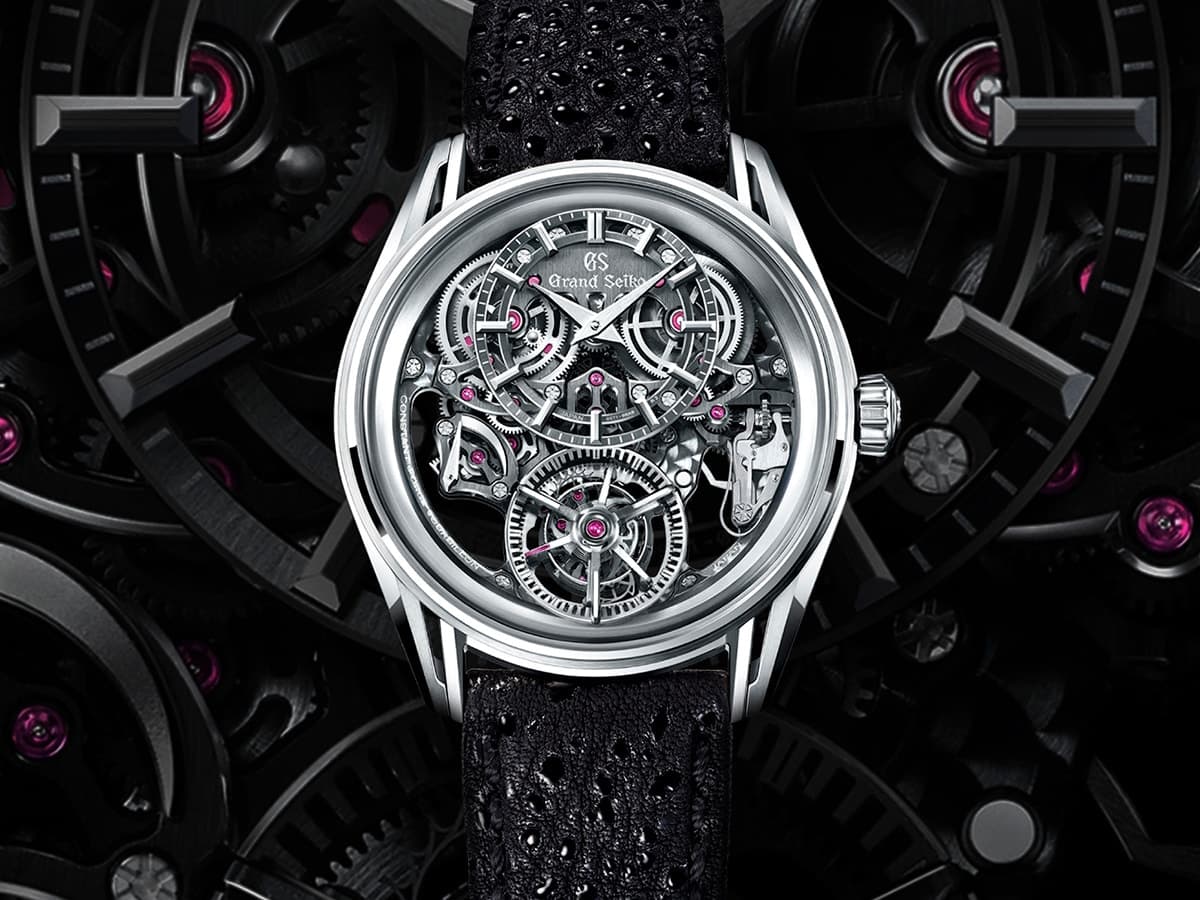



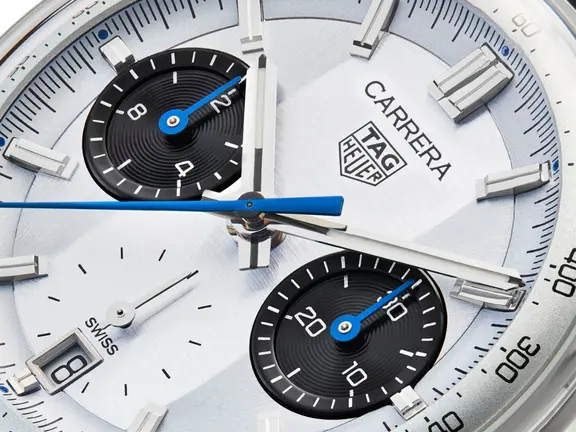

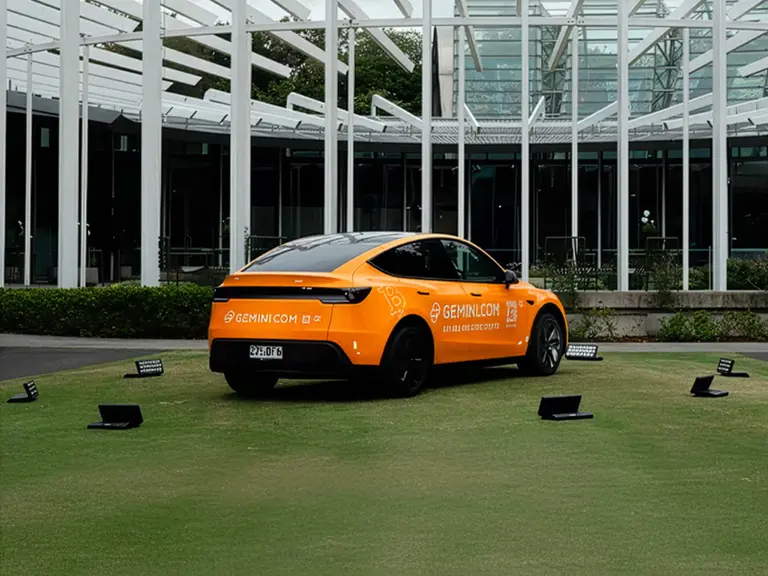







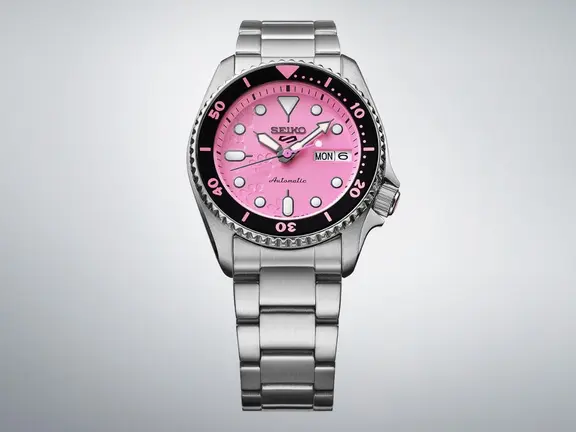





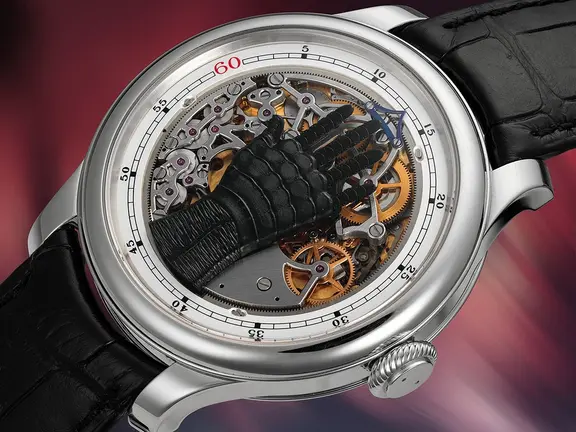











Comments
We love hearing from you. or to leave a comment.